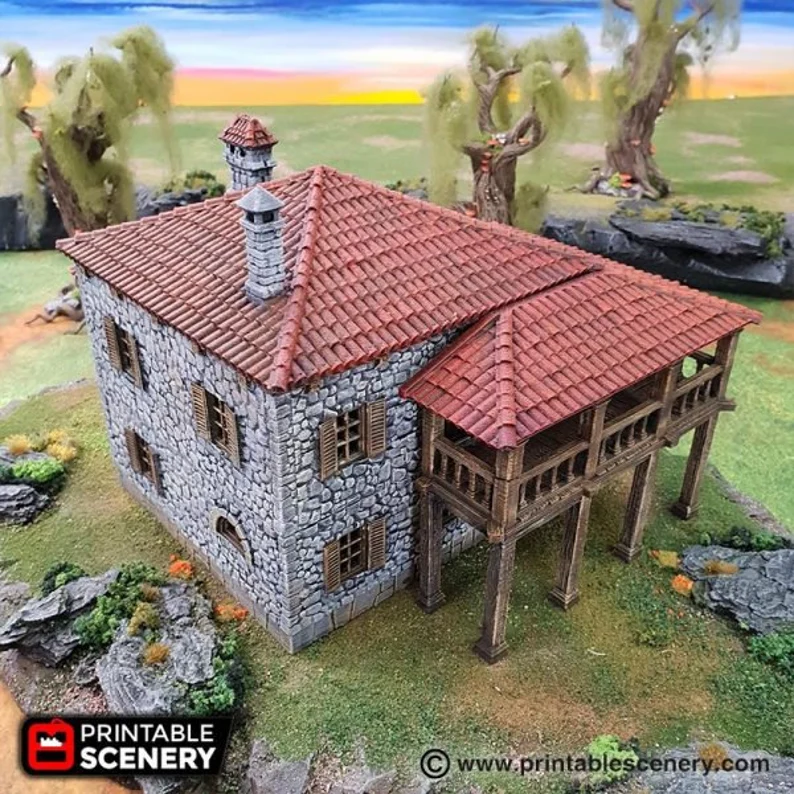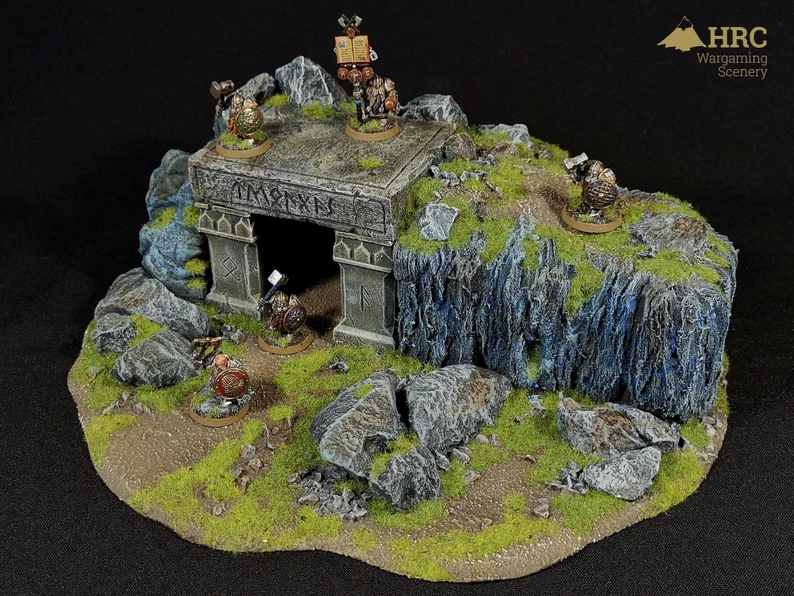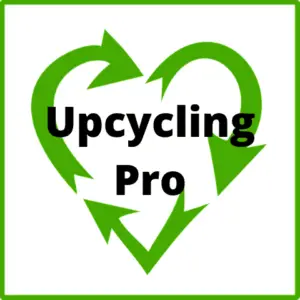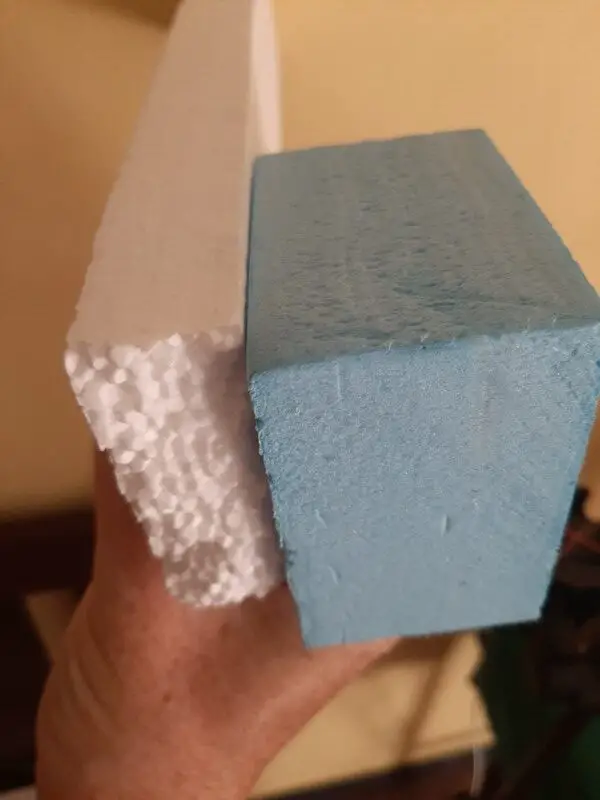We often see styrofoam everywhere without giving it a second thought but should we be so blase about it? The Environmental Protection Agency or EPA has identified styrofoam as a possible human carcinogen. This means that constant exposure to this product may result in serious health problems, especially when we produce so much of it.
What things are made from styrofoam? When we buy any large electronics the box usually contains inserts made of oddly shaped white blocks that split into tiny white balls that get everywhere. You may also see it commonly when you buy coffee in a disposable cup, buy takeaway food in a disposable box or even when you have a large gathering and buy disposable plates.
What is styrofoam?
To understand what styrofoam is we need to take a look at how its made. Styrofoam is made from petroleum and comes in 2 types.
Firstly, we have expanded styrofoam or EPS. This is the white one that breaks into the small balls that get everywhere. You will find this in disposable food and drink containers and as packaging materials including the smaller packing peanuts.
Secondly, we have extruded styrofoam or XPS. This one comes in solid sheets and is commonly used for insulating walls, roofs, and also foundations. It usually comes in 2 distinct colors, blue and pink. This makes the slight variation in textures easy to distinguish.
Is Styrofoam Packaging Recyclable?
The basic answer is yes but there are a lot of caveats. EPS and XPS foam take about 500 years to fully decompose, making them an unsuitable candidate for sustainability. It’s a number 6 plastic which means it has restrictions about its reuse and often ends up in landfills. About 30% of all styrofoam in the US ends up in landfills which is a lot considering its lightweight composition and bulky consistency.
Recycling Styrofoam in your recycling bin ruins other recycling
Due to the fact that styrofoam damages easily and can contaminate other recycling it often cannot be mixed with other plastics, making it harder and more costly to deal with. Usually, it ends up being stored outside the recycling bins to avoid cross-contamination but instead ends up polluting the environment by spreading easily in the event of even the smallest breeze.
Styrofoam is not worth a lot to recycle
Even if you do manage to separate your styrofoam and keep it in containers to allow easy recycling and eliminate environmental pollution there is the fact that it’s not worth a lot to recycling companies. This means that companies who invest thousands in state-of-the-art equipment to effectively recycle styrofoam will not see a return on that investment, for many years if at all.
What should we do about Styrofoam?
So what can we do about the problem with styrofoam? Well, the easy answer is to use less of it in the first place, Companies who use disposable styrene for food use should be encouraged to switch to greener and more easily recyclable materials like card and paper or even PET plastics that can be reused more readily.
We can choose to take our own longer-lasting cups and boxes to food outlets and ask them to use our reusable cups and boxes instead, if we start a trend of using glass or reusable plastic cups then we can use the same cup or box many times instead of just once and tossing it into the landfill.
How to recycle styrofoam and make some serious money from it
If you are into crafting then you can consider making models, gaming terrain, artsy house dioramas, and more from the styrofoam you have laying around your home. Quite often they come in large unusual shapes but with the addition of a hot wire cutter, you can cut the foam quickly and easily into thin sheets that can be used more easily.

If you have large uneven pieces you can either use them to bulk out scenery like mountains or hills, you can glue them together with a strong glue like Elmer’s glue, or even use a hot glue gun and then cover the foam with a mixture of toilet paper, glue, and plaster to give the effect of rocks and cliff edges

These images do show very detailed work but these things can be learned very quickly and one of the most interesting things about this type of crafting is that there are not enough crafters currently to make the items that everyone wants.
If you look at a website like Etsy, which is very popular for homemade crafts you will see many crafts on there which makes you think there may be too many but when you look at the numbers of items being sold it’s very few, some crafters there even have waiting lists for items not yet made.
The other and main point I want to make is that these crafts sell for a lot of money. The tavern in the first picture sells for $208 and the Dwarven mine sells for $55. If you make these yourself using foam, cardboard, glue and paint then you can expect to be able to make them for around 10% of the asking price making you about 900% profit. That’s pretty good when you factor in the hourly rate that would equate.
If you make multiples then a rate of $30-$40 an hour seems reasonable, once you have learned how to make them in bulk as a process. There will be curing and drying states but stagger them and you can keep working and making money as you progress.
If you are looking to get your hands on a hot wire foam cutter then take a look at my article showing you mine and why I think it’s a great, time-saving bit of kit
Conclusion
By thinking out of the box we can all do our part to reduce the size of the landfills and if we can’t then reduce drastically the size at which they grow until we find ways to deal with the problem.
By opting out of accepting disposable plastic is a great step forward and so is trying to reuse what styrofoam you have in creative ways so instead of it finding its way into yet another landfill it’s turned into a piece of art and lovingly looked after instead.
Looking to make money from crafts?
Click here to learn how with our step-by-step guide showing you everything you need to know.

